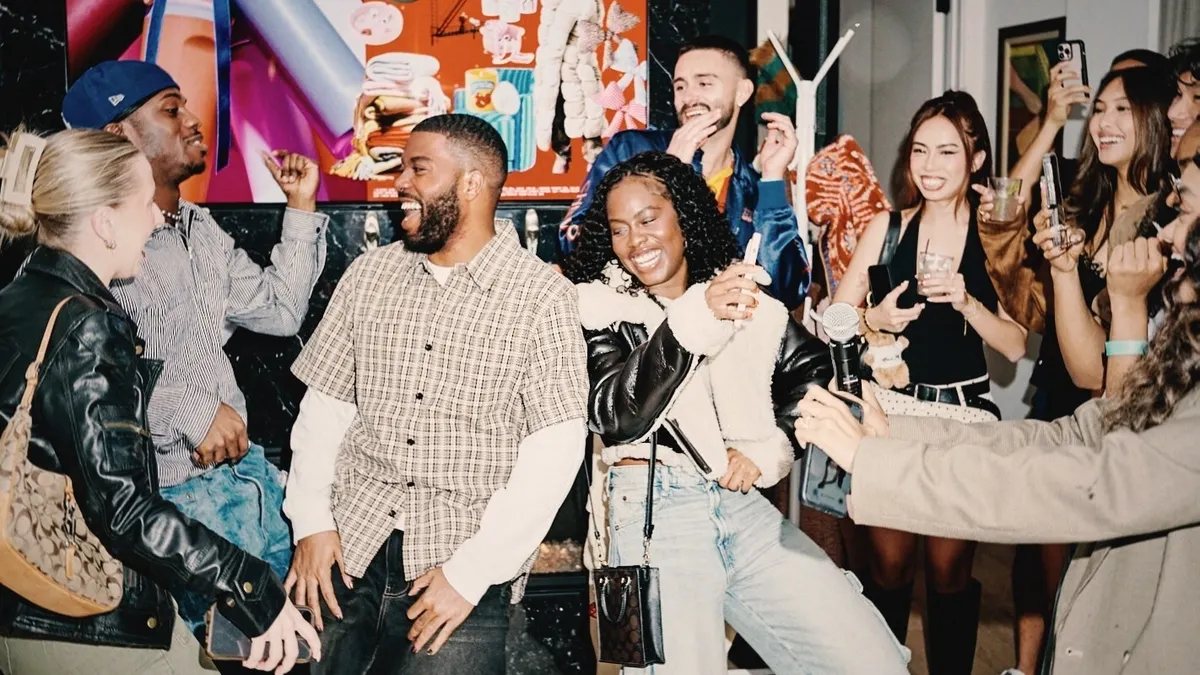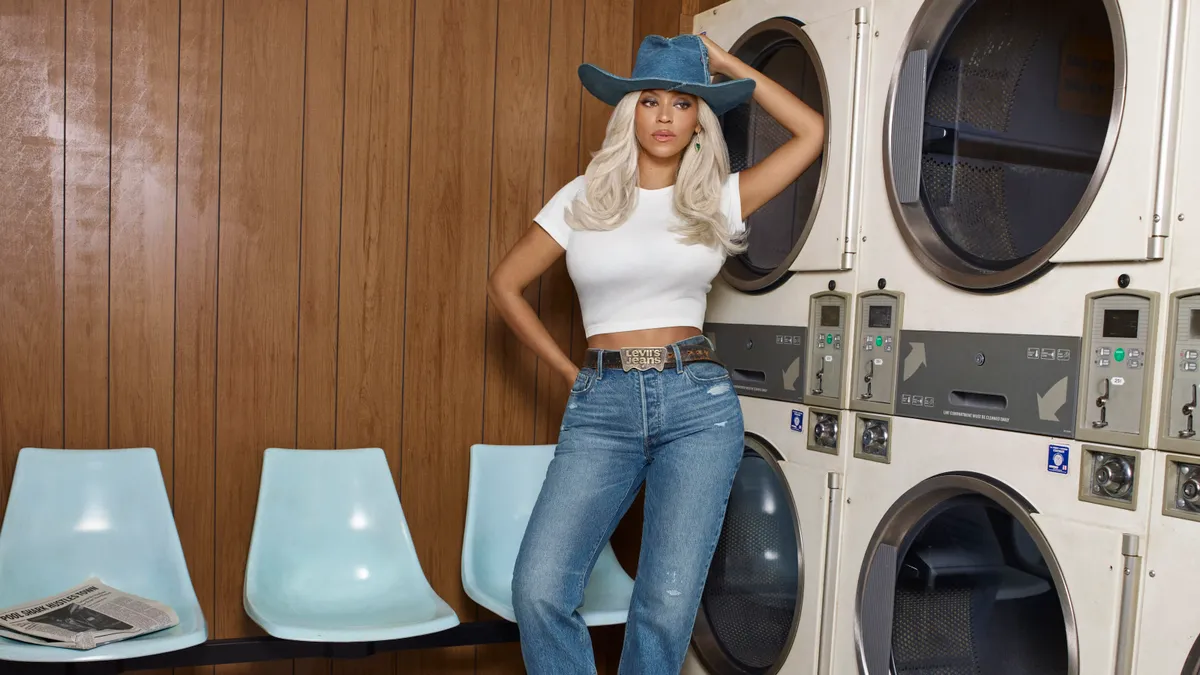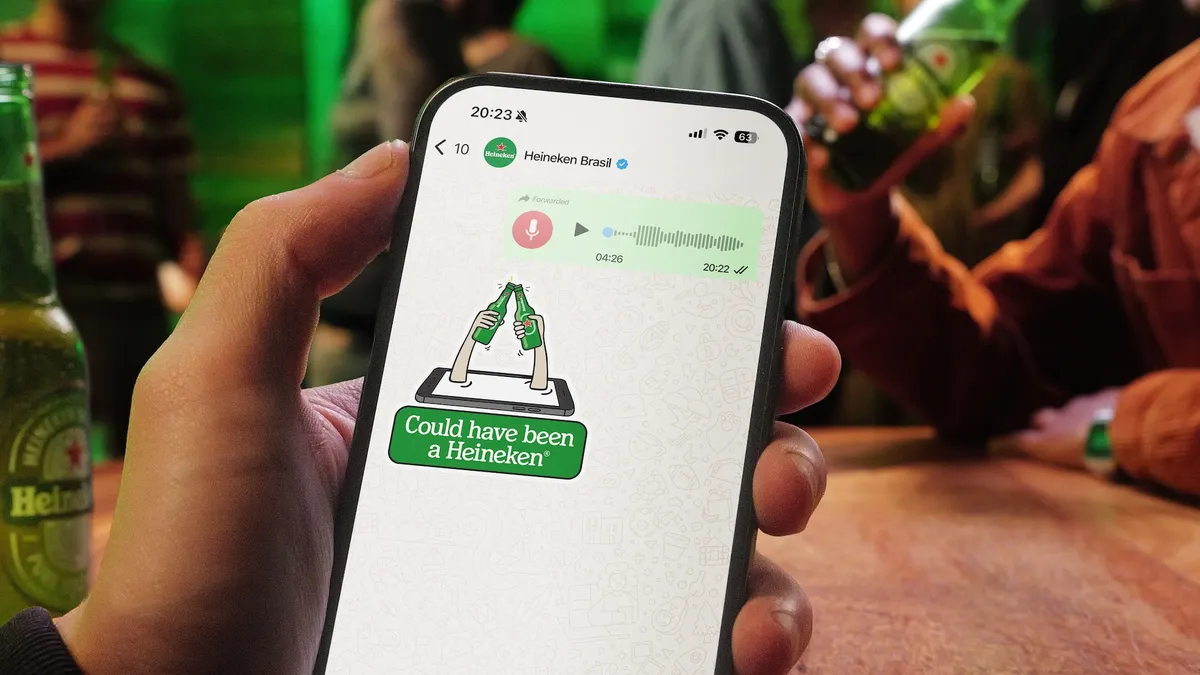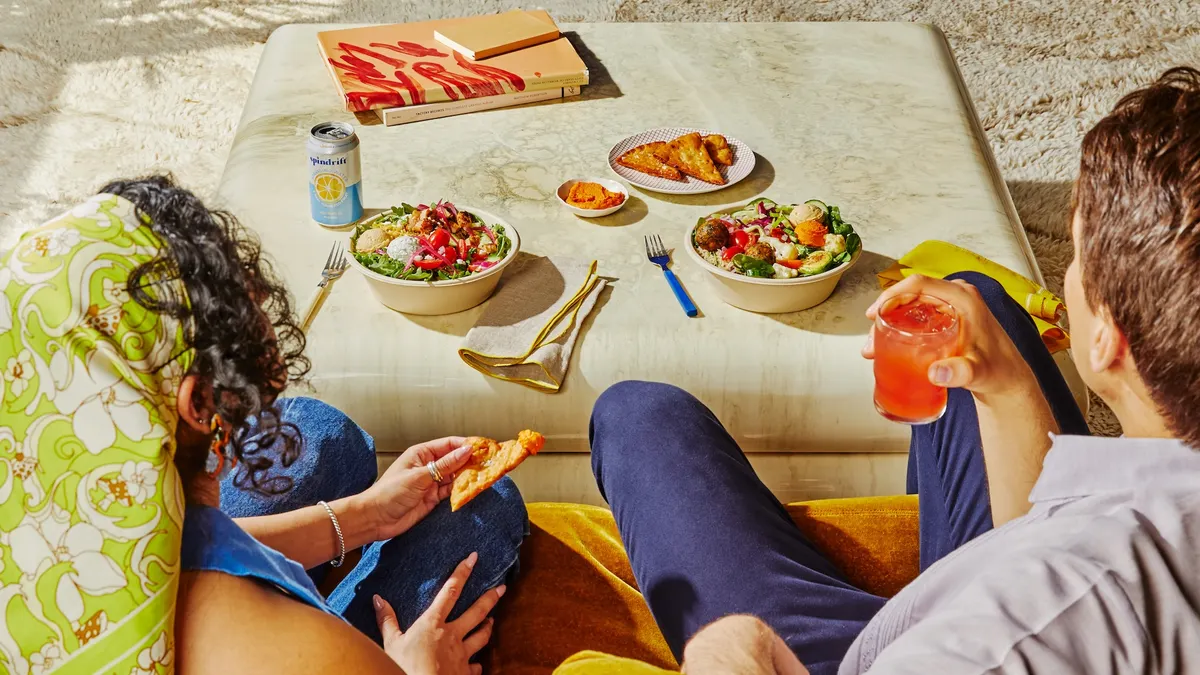With a number of smart eyewear offerings expected to launch in the coming months — from souped up glasses for checking email to sophisticated augmented reality (AR) devices — the question is: Can manufacturers avoid the missteps that sank Google Glass?
The failure of Google Glass has marketers appropriately skeptical of a new crop of high-tech eyewear. But where Google Glass was nerdy, supercharged with search skills and expensive at $1,500, something like Snapchat Spectacles are simple, stylish and affordable, with a $130 price tag. Spectacles' strong early reception among consumers and brands is encouraging a number of other companies like Vuzix, ODG, Vue and Solos to plan smart eyewear releases for this year, with the goal of helping wearers accomplish tasks like checking emails, watching and shooting video, navigating the real world and integrating with fitness apps.
Another battle is shaping up in AR glasses that are bigger than traditional eyeglasses but smaller than VR headsets. On this front, Microsoft's HoloLens is likely to soon go up against offerings from Magic Leap, Apple and Facebook, with the goal of making immersive computing technology commonplace for a variety of activities throughout the day.
The recent interest in smart eyewear comes as smartphone sales growth is stagnating, with the tech industry eyeing glasses as having the potential to propel a shift in consumers’ relationships to their phones.
“I hope we are [going] to a place where we are not carrying our phones around as much and, as technology gets stronger and stronger, it becomes less intrusive,” said Ned Lampert, creative director at digital advertising agency space150. “Specs is a step in that direction. Not having to pull your phone out at the moment of capture is a big step.”
Better consumer experiences
Even in the short time Snapchat Spectacles have been available, they’ve gone a long way toward reversing the bad reputation Google Glass gave smart eyewear. Reactions have been overwhelmingly positive, with kudos especially raining down on the Snapchat Spectacles rollout as an example of how to drive excitement and demand through pop-up locations and limited availability.
Sales prognoses bear out Lampert’s bullishness about the space. Mediakix predicts Snapchat Spectacles will gross over $5 billion in sales by 2020, when it’s figured Snapchat will have 280 million global users.
“They’ve made the experience fun in a way that other technologies like Google Glass failed to do,” said Liz Gottbrecht, director of marketing at influencer marketing platform Mavrck. “They really did have the consumer in mind with the design and functionality of them.”
Turning to the broader augmented reality and virtual reality market, the International Data Corporation (IDC) projects it will surge at a compound annual growth rate of 198% between 2015 and 2020 to reach $143.3 billion in global revenues, up 97% from an estimated $13.9 billion this year. Worldwide spending on hardware, software and services is expected to total $6.2 billion in 2017, an increase of 130.5% from 2016.
A different perspective
For marketers, the experience with Spectacles offers some insight into how they can start thinking about leveraging smart eyewear if the hardware category takes off as expected. Some early adopters from a brand perspective include Toyota, L'Oreal Paris and Hyatt.
Snap now calls itself a camera company and, indeed, Spectacles are camera-equipped sunglasses, but the video camera they’re built with doesn’t share the perspective of most video cameras.
“The glasses are literally seeing what you're seeing," wrote Avery Hartmans in her Business Insider review of the eyewear.
This first-person vantage point is a differentiator for marketers looking to convey action or the energy of being behind-the-scenes, putting viewers almost literally in the heads of people they esteem.
In the influencer marketing field, Gottbrecht considers Spectacles as heightening the benefits Snapchat already offers as a platform to share unboxing or demo videos by allowing followers to virtually peer through the eyes of the digital personalities they admire at the products revealed. Beyond the unboxing and demo videos, marketers can connect with the micro-influencer population wielding Snapchat Spectacles to amplify messaging in communities they might not have previously entertained.
“When brands think about leveraging Spectacles, the question is: How do you leverage consumer-generated content in a way that’s valuable for your brand?” said Gottbrecht. “These people are sharing the most intimate details of their lives. The intimacy level on Snapchat and the way brands can tap into that is really powerful.”
Point-of-view storytelling
The Minnesota Wild, the first professional sports team to get a hold of Snapchat Spectacles, employed them to give firsthand glimpses into the locker room, a pre-game skate, a Zamboni ride and even a game from high up at the Xcel Energy Center.
“Point of view video is the next frontier when it comes to digital storytelling,” said Phil Ervin, digital managing editor and content strategist for the Minnesota Wild. “We are selling our fans on the Minnesota Wild experience and the more immersive you can make it, the better.
"Snapchat Spectacles are a really good lead-in to where everything is going, and there will be more tools to do that in the AR/VR world," he added.
Space150, which collaborated with the Minnesota Wild on its Snapchat Spectacles footage, furnished fencer Miles Chamley-Watson with a pair to document his swiftness.
“It was all about making use of a hands-free social capture tool and showing the types of things you would never be able to do with a phone,” said Lampert. “[With Snapchat Spectacles] you can stay in the moment, but also capture a memory at the same time. You are able to be at a concert or hit a golf shot and get that perspective without missing out on the moment of being part of that.”
Challenges persist
To produce Snapchat Spectacles content that resonates with Snapchat’s millennial and Gen Z users, Max Goldberg, president of consultancy Max Goldberg & Associates, advised marketers to steer clear of getting too slick.
“[Users] don’t want to see canned selling presentations,” he said. “What they want is authenticity. They want what’s current, what’s happening now. It isn’t Instagram. It’s Snapchat.”
In the short term, whether or not the buzz around Spectacles is a strong enough foundation to support a broader smart eyewear market remains to be seen. Thomas Husson, vice president and principal analyst at Forrester, doesn’t anticipate advanced eyewear moving the needle much in most marketing budgets.
“The main challenge [of] smart eyewear for marketers is the niche adoption and the privacy concerns such devices can raise among consumers," he said. "As of today and for the next couple of years, only a very small subset of consumers will own and use smart glasses.
"Snap's spectacles were better positioned than Google's glasses, but I think we're still years away from any meaningful advertising investments from B2C brands," he said.




















